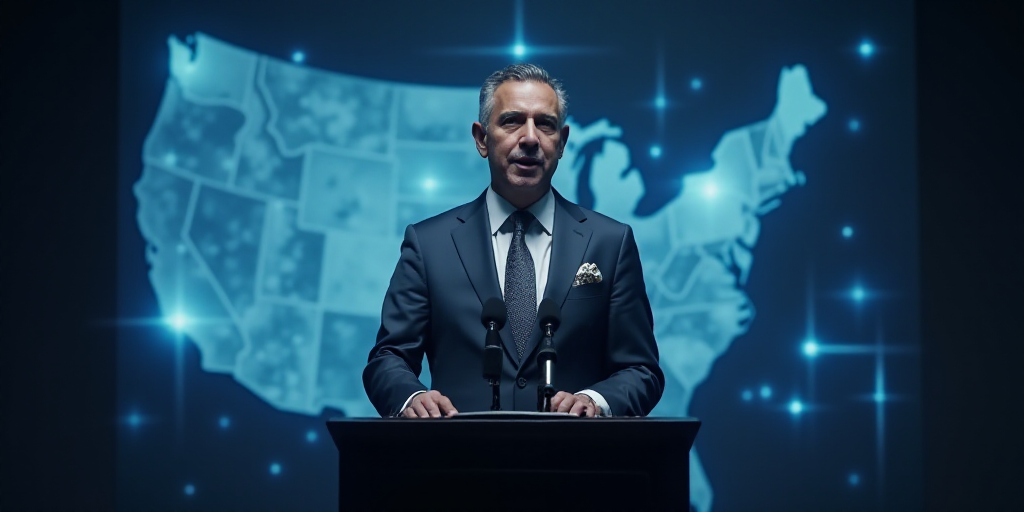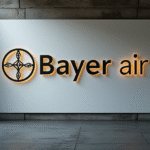Background on Ricardo Aguilar Abe and His Relevance
Ricardo Aguilar Abe, the Chief Economist at Invex-Grupo Financiero, plays a crucial role in analyzing Mexico’s economic landscape. His expertise and insights are highly regarded, making his statements on Mexico’s investment climate particularly noteworthy.
Impact of Tariffs on Mexico’s Economic Growth
Aguilar Abe acknowledged that the new reciprocal tariffs imposed by President Trump will significantly affect global trade. However, he expects Mexico’s economic growth to range between 0% and 0.5% this year, despite these challenges.
Regarding the United States’ economy, he referenced the Federal Reserve’s (FED) projection of a 1.7% GDP growth this year, while Invex anticipates a growth rate of 0.5% to -1.0%. He shared these insights during the “Perspectivas Económicas ante el Entorno Global” conference at Club Industrial in Monterrey.
Reasons for Mexico’s Attractiveness to FDI
Aguilar Abe explained that Mexico remains an attractive destination for foreign direct investment (FDI) due to its maintained investment grade, solid macro fundamentals, and healthy finances, according to rating agencies.
He highlighted that Mexico’s economy, despite potential low or negative growth, maintains financial stability, an autonomous central bank, and a government led by President Sheinbaum, who is actively seeking investments.
Nuevo León, he noted, is attractive for FDI because of its proximity to the United States and its strong commercial and business relationship with the country.
However, he cautioned that uncertainty surrounding U.S. trade policy might lead to a decrease in investment announcements.
Plan Mexico and Investment Distribution
On April 24, federal Secretary of Economy Marcelo Ebrard unveiled the investment portfolio for the six-year term, comprising 1,937 projects across all federal entities, totaling $298 billion—approximately 16% of Mexico’s GDP.
Baja California, Nuevo León, Sonora, Tamaulipas, and Chihuahua lead in investment amounts. Nuevo León has experienced a nearshoring investment boom, with Aguilar Abe noting opportunities for further development and diversification into other regions.
Recommendations Amidst Economic Slowdown
Aguilar Abe warned that uncertainty deters many investors from undertaking expenditures or projects in Mexico. He expressed hope that this situation would dissipate as the economic outlook becomes clearer.
Inflation is projected to decrease more favorably than anticipated, with expectations of reaching the Banco de México’s (Banxico) target of 7.5% by year-end.
Given these factors, Aguilar Abe advised: “Investment and patrimonial decisions should be based on reliable and trustworthy information from credible sources, acknowledging that U.S. government decisions could change rapidly.”
Key Questions and Answers
- Q: How will tariffs affect Mexico’s economic growth? A: Despite the new reciprocal tariffs, Mexico is projected to experience a modest economic growth of 0% to 0.5% this year.
- Q: What makes Mexico attractive for FDI? A: Mexico’s maintained investment grade, solid macro fundamentals, healthy finances, and pro-investment government policies contribute to its attractiveness for FDI.
- Q: How is Mexico’s investment distributed across states? A: Baja California, Nuevo León, Sonora, Tamaulipas, and Chihuahua lead in investment amounts. Nuevo León has seen a nearshoring investment boom with opportunities for further development.
- Q: What recommendations does Aguilar Abe provide amidst economic uncertainty? A: Investment and patrimonial decisions should be based on reliable information, acknowledging that U.S. government decisions could change rapidly.






